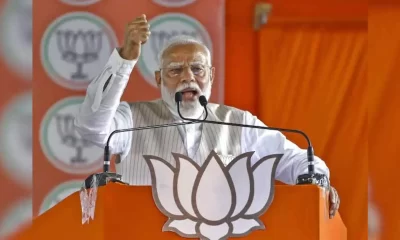Health
Health Ministry issues revised Covid-19 guidelines for mild, moderate and severe symptoms | When should certain medicines be considered?
The Health Ministry has recently revised guidelines for mild, moderate and severe Covid-19 patients. The latest guideline also gives details on Remdesivir and Tocilizumab medicines.
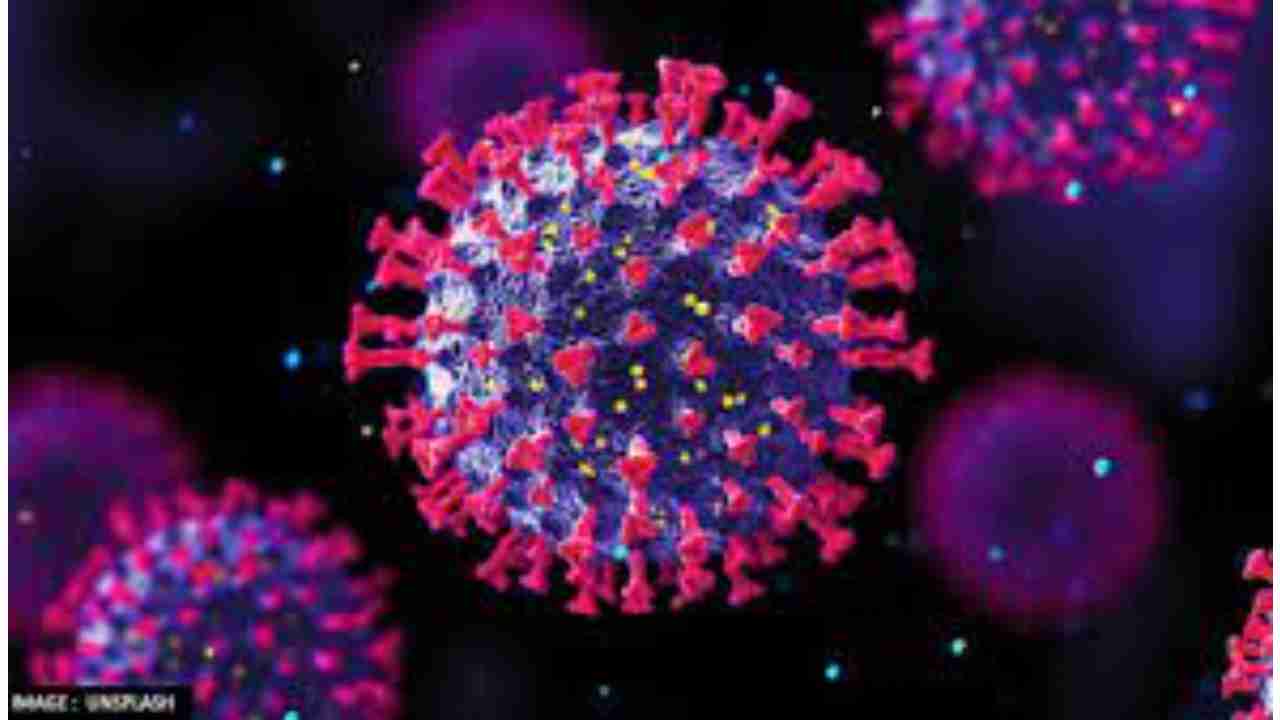
The Health Ministry has recently revised guidelines for mild, moderate and severe Covid-19 patients. The guidelines have been issued by AIIMS, ICMR – Covid-19 National Task Force, and Joint Monitoring Group (DGHS) under Union Health Ministry for management of adult Covid-19 patients. The latest guideline also gives details on Remdesivir and Tocilizumab medicines.
What is the difference between mild, moderate and severe infections?
There may be upper respiratory tract symptoms and/or fever without shortness of breath or hypoxia in a mild infection. In such instances, the guidelines urge that the patient be isolated at home.
Those who have breathlessness and an oxygen saturation ranging between 90 and 93 percent will be deemed intermediate cases and may be hospitalised. For such patients, treatment has been recommended.
Respiratory rate over 30 per minute, breathlessness or oxygen saturation lower than 90 percent on room air should be considered as a severe disease. Such patients should be admitted to the intensive care unit (ICU).
Guidelines for Covid-19 patients having mild symptoms:
Must-Dos
Home isolation, physical distancing, indoor mask use, and monitoring temperature and oxygen saturation.
When to seek help?
Difficulty in breathing or SpO2 <93% High-grade fever/severe cough, particularly if lasting for >5 days
A low threshold is to be kept for those with any of the high-risk features
May Dos
Inhalational Budesonide (given via Metered-dose inhaler/ Dry powder inhaler) at a dose of 800 mcg BD for 5 days) to be given if symptoms (fever and/or cough) are persistent beyond 5 days of disease onset.
Guidelines for Covid-19 patients having moderate symptoms:
May Dos
Awake proning is encouraged in all patients requiring supplemental oxygen therapy (sequential position change every 2 hours).
Must-Dos
Inj. Methylprednisolone 0.5 to 1 mg/kg in 2 divided doses (or an equivalent dose of dexamethasone)usually for a duration of 5 to 10 days.
Patients may be initiated or switched to the oral route if stable and/or improving.
There is no evidence for benefit for injectable steroids in those not requiring oxygen supplementation, oron continuation after discharge.
Anti-inflammatory or immunomodulatory therapy (such as steroids) can have the risk of secondary infection such as invasive mucormycosis when used too early, at a higher dose or for longer than required.
Conventional dose prophylactic unfractionated heparin or low molecular weight heparin (weight based e.g. enoxaparin 0.5mg/kg per days SC). There should be no contraindication or high risk of bleeding.
Guidelines for Covid-19 patients having severe symptoms:
May Dos
Consideruseof NIV (Helmetor facemask interface depending on availability) in patients with increasing oxygen requirement, if work of breathing is low.
Consider the use of HFNC inpatients with increasing oxygen requirements.
Intubation should be prioritized in patients with high work of breathing /if NIV is not tolerated.
Use institutional protocol for ventilatory management when required.
Must-Dos
Inj Methylprednisolone 1 to 2 mg/kg IV in two divided doses (or an equivalent dose of dexamethasone) usually for a duration of 5 to 10 days.
Steroids can have a risk of secondary infection such as black fungus when used too early, at a higher dose, or for longer than the required period.
Monitoring:
Clinical monitoring: Work of breathing, hemodynamic instability, change in oxygen requirement
Serial CXR; HRCT chest to be done only if there is worsening
Lab monitoring: CRP, D-dimer, blood sugar 48 to 72 hourly; CBC, KFT, LFT 24 to 48 hourly.
Remdesivir may be considered only in patients with:
10 days of onset of symptoms, in those having moderate to severe diseases (requiring supplemental oxygen), but who are not in IMV or ECMO
Consider remdesivir for five days to treat hospitalised patients with Covid-19 (No evidence of benefit for treatment more than five days)
Not to be used in patients who are not on oxygen support or in the home setting
Recommended dose: 200 mg IV on day 1 followed by 100 mg IV OD for the next four days.
Tocilizumab may be considered only in patients with:
Rapidly progressing Covid-19 needing oxygen supplementation or IMV and not responding adequately to steroids (preferably within 24-48 hours of the onset of severe disease/ICU admission)
Preferably to be given with steroids
No active tuberculosis, fungal, systemic bacterial infection
Long term follow up for secondary infections (such as reactivation of TB, flaring of Herpes, etc)
Recommended single dose: 4 to 6 mg/kg ( 400 mg in 60 kg adult) in 100 ml NS over one hour
Note: If cough persists for more than 2-3 weeks, investigate for tuberculosis and other conditions.
Health
India registers 313 new Covid cases, active cases reach 2,041, 3 deaths recorded in last 24 hours
The currently available data suggests that the JN.1 variant is neither leading to an exponential rise in the new cases nor a rise in the hospitalization and mortality.
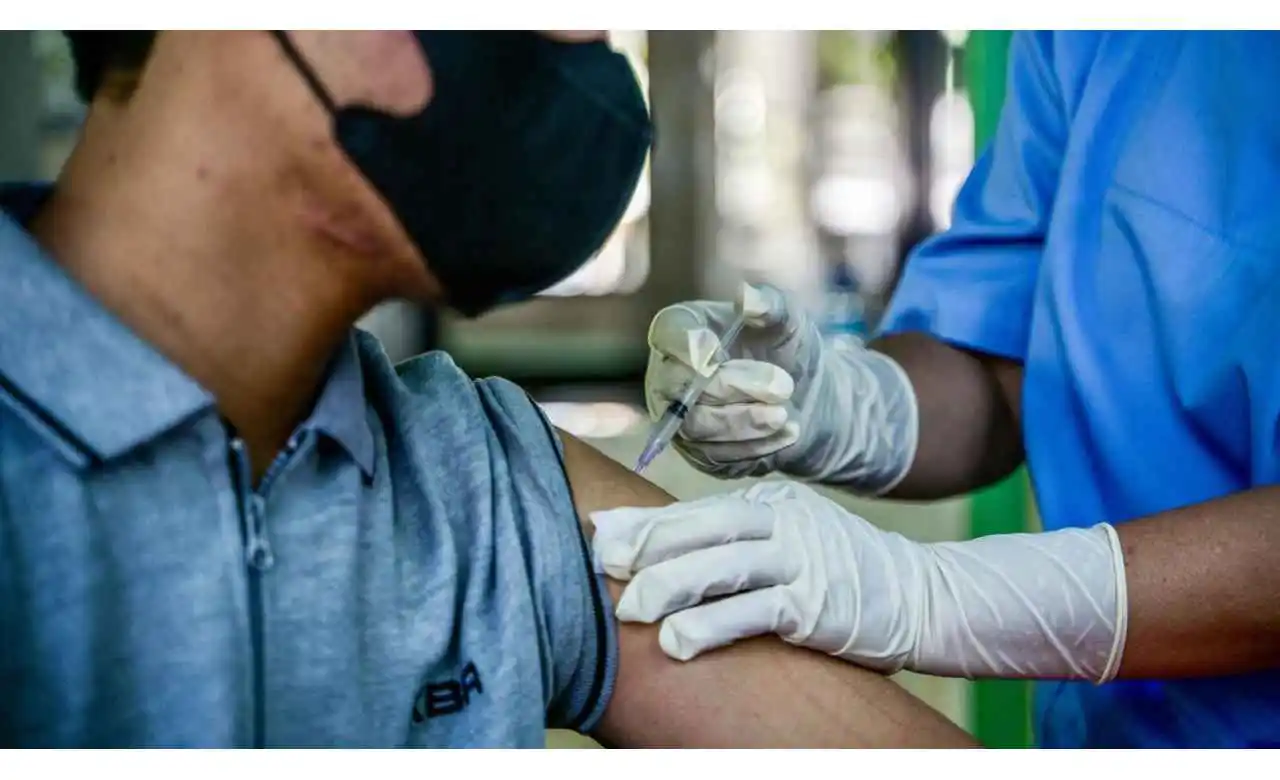
India saw a single-day rise of 313 new Covid cases, while the active caseload has declined to 2,041, the health ministry said on Saturday. Three deaths: two from Karnataka and one from Maharashtra were reported in the last 24 hours.
According to the ministry website, the number of active cases in the country stood at 2,331 on Friday. The number of cases of Covid had dropped to double digits till December 5, but it began to start increasing after the emergence of a new variant and cold weather conditions.
According to reports after December 5, the highest single day rise of 841new cases was reported on December 31, 2023, which is 0.2% of the peak cases reported in May 2021. Of the total active cases, a large majority of these (around 92%) are recovering under home isolation.
The currently available data suggests that the JN.1 variant is neither leading to an exponential rise in the new cases nor a rise in the hospitalization and mortality. India has witnessed three waves of Covid in the past with its peak incidence of daily new cases and deaths being reported during the delta wave in April June 2021.
At its peak, 414,188 new cases and 3915 deaths were reported on May 7, 2021. Since the pandemic started in early 2020, there have have been 4.5 crore people who have got infected and this has resulted in the death of 5.3 lakh persons in a total time span of four years.
According to the ministry data, the total number of persons who have recuperated from the disease are 4.4 crore with total recovery rate recorded is 98.81%. A total number of 220.67 crore doses of Covid vaccines have been administered in India so far.
Health
India registers 605 new COVID-19 cases and 4 deaths in last 24 hours
The number of people who have recovered from the disease has gone up to 4,44,81,341, an increase of 648 since Sunday morning. In Kerala a 70 year-old male with chronic obstructive pulmonary disease (COPD) and 81year-old male with T2DM and HTN, and in Karnataka, a 48 year old male with CA and TB died, while one person in Tripura succumbed to COVID.

India recorded 605 fresh COVID-19 cases and four deaths in the last 24 hours. The active cases have increased to 4002, while India’s overall COVID case tally stands at over 4.5 crore (4,50,18,792). The death toll was recorded at 5,33,396 with four new deaths – two from Kerala and one each in Karnataka and Tripura – reported in the last 24 hours, the data updated at 8am stated.
The number of people who have recovered from the disease has gone up to 4,44,81,341, an increase of 648 since Sunday morning. In Kerala a 70 year-old male with chronic obstructive pulmonary disease (COPD) and 81year-old male with T2DM and HTN, and in Karnataka, a 48 year old male with CA and TB died, while one person in Tripura succumbed to COVID.
The Indian Council of Medical Research (ICMR) reported that 11,838 doses of the vaccine had been administered in the country till January 7. The data is a compilation of the Integrated Disease Surveillance Programme (National Centre for Disease Control), media bulletins and websites of various states at 8am on January 4.
As the winter season sets in, health experts are highlighting a sudden surge in viral infections, influenza, and COVID-19 cases. Dr Nikhil Modi, a senior pulmonologist at Indraprastha Apollo Hospital, pointed out that the decrease in temperature leads to increase in moisture in the air, low wind speed and also causes an increase in pollution levels. This contributes highly to various infections.
Due to the decrease in temperature the fog combines with the pollution in the air which further leads to the formation of smog. This condition of the atmosphere can cause different types of infections and difficulty in breathing. Both the state and the central government are keeping a close watch on the new Omicron Subvariant JN.1. J.N.1 is a Variant of Interest (VOI) which is under intense scientific scrutiny.
Health
India records 774 new Covid-19 cases, 2 deaths in 24 hours
The number of daily cases was in double digits till December 5 but it started to rise again amid cold weather conditions and after the emergence of new Covid-19 variant, JN.1.
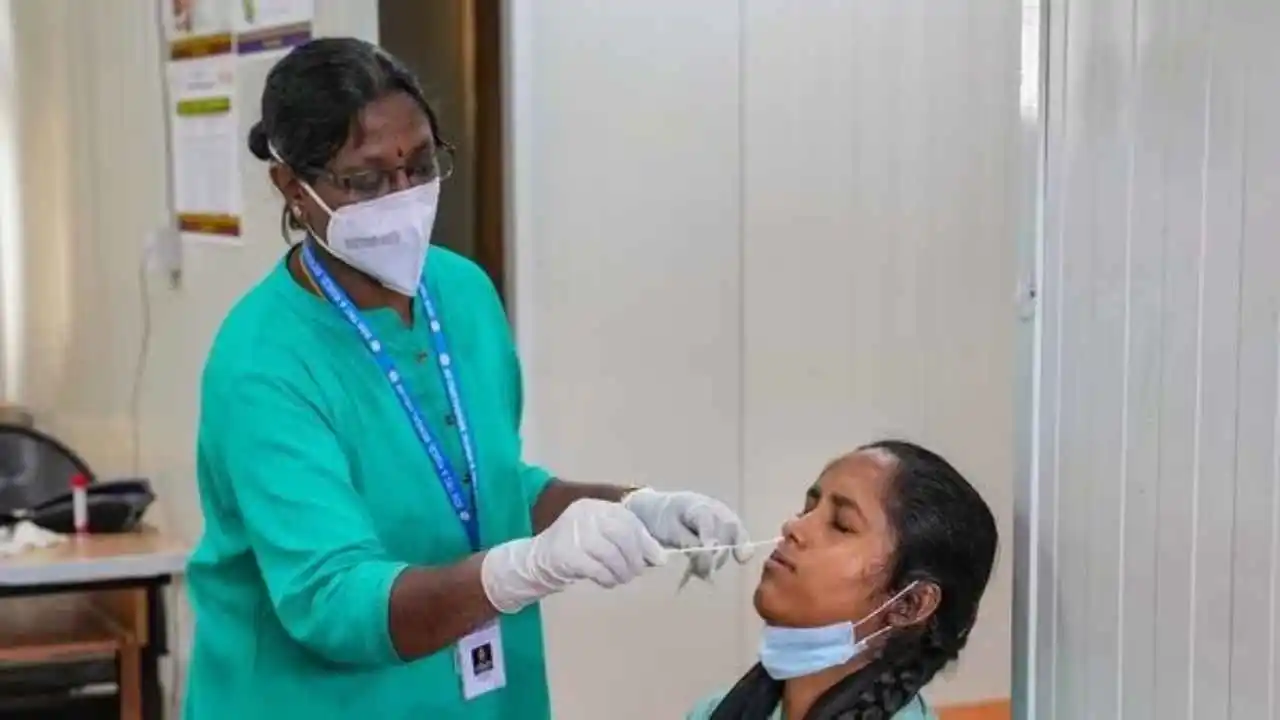
India on Saturday had a single-day rise of 774 Covid cases while the number of active cases stood at 4,187, the Union health ministry said. As many as two deaths – one each from Tamil Nadu and Gujarat were reported in a span of 24 hours. Of the 4,187 active cases, the majority (over 92%) are recovering under home isolation.
The number of daily cases was in double digits till December 5 but it started to rise again amid cold weather conditions and after the emergence of new Covid-19 variant, JN.1. The central government has asked the state government and union territories to maintain a constant vigil amid an upward trend in the number of Covid-cases and the detection of the JN.1 sub variant in the country.
According to reports after December 5, the highest single-day rise of 841 cases was reported on December 31, 2023, which was 0.2% of the peak cases reported in May 2021. A health official said that the JN.1 variant is neither leading to an exponential rise in new cases nor a surge in hospitalisation and mortality in the country.
The Karnataka government has made the Covid test mandatory for those with Influenza like illness (ILI) or Severe Acute Respiratory Illness (SARI). Karnataka Health Minister Dinesh Gundu Rao said more than 7000 tests are being done every day and the COVID positivity rate is 3.82%. The positivity rate in the state has not come down yet.
He said those with symptoms are being monitored and tested. Those who are in isolation at home have been told to take extra care. He added it is expected that the trend of decreasing Covid cases may start next week in Karnataka. India has witnessed three waves of Covid-19 in the past with the peak incidence of daily cases and deaths being reported during the Delta wave during April-June 2021. At its peak 4,14,188 cases and 3915 deaths were reported on May 7, 2021.
-

 2024 Lok Sabha Elections22 hours ago
2024 Lok Sabha Elections22 hours agoSonia Gandhi hits out at PM Modi for creating a distressing atmosphere in the country, urges citizens to vote for Congress
-

 2024 Lok Sabha Elections5 hours ago
2024 Lok Sabha Elections5 hours agoOmar Abdullah praises Rahul Gandhi’s fight in Lok Sabha elections, says Gandhi is giving a direct fight to PM Modi
-

 Cricket news7 hours ago
Cricket news7 hours agoDelhi Capitals beat Rajasthan Royals by 20 runs
-
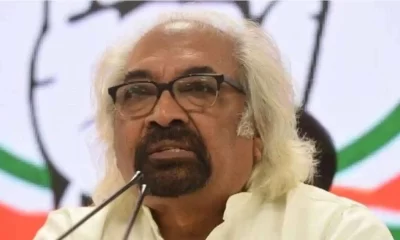
 2024 Lok Sabha Elections1 hour ago
2024 Lok Sabha Elections1 hour agoBJP calls Sam Pitroda’s controversial remarks racist, targets Rahul Gandhi
-
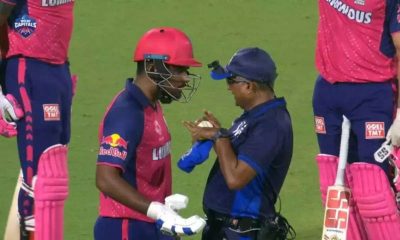
 Cricket news5 hours ago
Cricket news5 hours agoBCCI slaps heavy penalty on RR captain Sanju Samson for argument with on-field umpires
-

 India News6 hours ago
India News6 hours agoAir India Express: Over 70 flights cancelled after crew members take mass sick leaves
-

 Entertainment4 hours ago
Entertainment4 hours agoLaapataa Ladies actor Nitanshi Goel’s edited picture from Met Gala 2024 goes viral, social media reacts
-
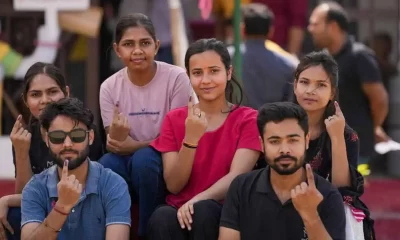
 2024 Lok Sabha Elections23 hours ago
2024 Lok Sabha Elections23 hours agoAround 40% voter turnout till 1pm, West Bengal records highest voter turnout of 49.27%






